Posted on 12/22/2021

Depending on where you live, you should prepare for winter. Here is an easy-to-follow checklist to get your vehicle ready for winter. 1. Check your tires Driving in the snow is already no fun, but if you have tires that are worn out, it can be dangerous. You should check for cracks and see how good the tire's tread is. The thread should be at least 5/32" and never should be less than 2/32". It's also important to check the tire pressure to make sure there is enough air in them. 2. Check your battery When it's freezing out, batteries that aren't in good shape sometimes won't start. So you'll want to make sure that there are no cracks and run a battery load test if you know how to do it. 3. Check the coolant & oil You'll want to use a coolant that can handle freezing temperatures. It helps keep the car from overheating, which is what you don't want to happen. It also protects damage fro ... read more
Posted on 11/29/2021
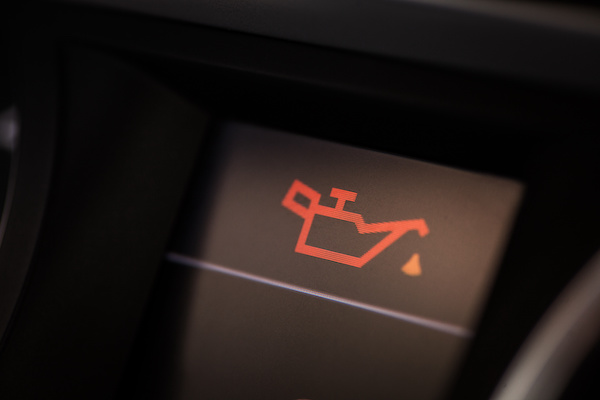
If your low-pressure oil dashboard light has come on, you're more than likely not going to know what caused it. Also, you might wonder, "is it safe to continue driving". InMOTION Auto Care is here to answer your burning questions on oil pressure. LOW ENGINE OIL Engine oil is necessary to keep your engine running efficiently and effectively. A loss in oil can be caused by a series of issues, including loose or worn parts. One of the first things you should do following the discovery of the oil pressure light is to check your oil levels. WRONG OIL VISCOSITY Inadequate oil viscosity can also trigger the low oil pressure indicator. The oil's viscosity should meet those defined by your manufacturer so that you can achieve proper oil flow and engine lubrication. FAULTY OIL PUMP Things like oil contamination, a jammed oil pump, or improper parts installation can all make your oil pressure drop. It's essential to repair or replace the pump immediately si ... read more
Posted on 10/27/2021
.jpeg)
If you've had the same vehicle for a while now, you're probably already adept at spotting any unusual signs or weird funks. A responsible and experienced driver knows when to take their car into the repair shop for a tune-up. Tune-ups are extensive vehicle inspections that should be performed periodically, significantly more often if you drive an older model vehicle. It usually involves checking up on the fuel, ignition, and emission systems. Tune-ups are generally not expensive, so you should not worry about it. In all seriousness, it can save you a lot of money by preventing minor problems from spreading. Here are the top symptoms your car may exemplify when it needs a tune-up: Problem Starting Your Car If you have difficulty starting your engine, it's a clear sign that you need to make a trip here. Car start problems can stem from a variety of things. Due to its ambiguity, it is necessary to have a professional get to the bottom of the problem. If you ignore it, your c ... read more
Posted on 9/28/2021
.jpeg)
Knowing how to change a flat tire is a fundamental skill that all drivers should learn. These days, we rely on the internet to teach us to do so many things. However, there's always the off chance that your phone's battery is dead or the flat occurs in an area with no cell service. Before learning to change a flat tire, you need the proper tools to do so. Some of these tools may already be present in your vehicle, but you may need to purchase additional tools to store in your trunk. What Tools Do I Need? You will need the following items: Jack Lug Wrench Fully inflated spare tire Vehicle Owner's manual To be extra cautious, you should check if your vehicle has these tools stored in your car, especially before embarking on a trip. If you do not own any of the items above, please purchase them as soon as you can. You should also make sure that the spare tire is properly inflated. To make the changing process more manageable, you may consider buying and adding the ... read more
Posted on 8/30/2021
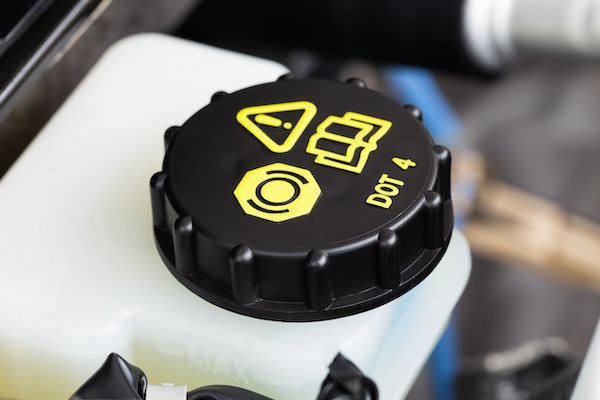
Your brakes are vital to your vehicle and require consistent maintenance. For instance, you need to make sure there's always a sufficient amount of brake fluid in your car. Without brake fluid, you wouldn't be able to stop your vehicle. Your brake fluid is critical to your vehicle's braking system because it is needed to perform its duty in all the right conditions. You may not know this, but there are many types of brake fluid. Here are the five different types of brake fluid and their properties: DOT 3: This type of fluid is a glycol-based brake solution. It is amber in color, and it has the lowest boiling point. DOT 4: Most international vehicles use this type of brake fluid. It is also glycol-based but has a higher boiling point than DOT 3. It has more additives than DOT 3, which makes it slightly more expensive. DOT 5: DOT 5 is different in formulation than DOT 3 & 4 since it is silicone-based brake fluid. It usually is purple, and its price point is similar to ... read more
Posted on 8/13/2021
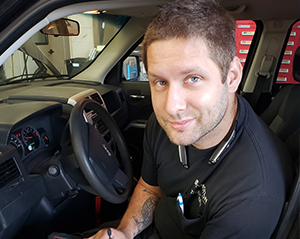
Let’s say you wake up in the morning with a terrible headache. Your first thought, I need a doctor. You call in and state “ I’ve got a terrible headache, how much will it cost for you to fix me?” In reality, you probably wouldn’t say that. You understand there could be many reasons for your symptoms and that you will need to see the doctor for an examination, answer some questions, and probably run some tests before she can tell you what’s wrong and give you treatment options. This identical scenario plays out every day at auto repair facilities across the country. When the cause of your concern isn’t obvious, like a flat tire or missing belt, your vehicle will need to go through a diagnostic process. The average vehicle has over 30,000 parts, including several networked computers, modules, sensors, switches and miles of wiring. Finding exactly what is wrong can be very complicated and take some time. Testin ... read more
Posted on 7/28/2021
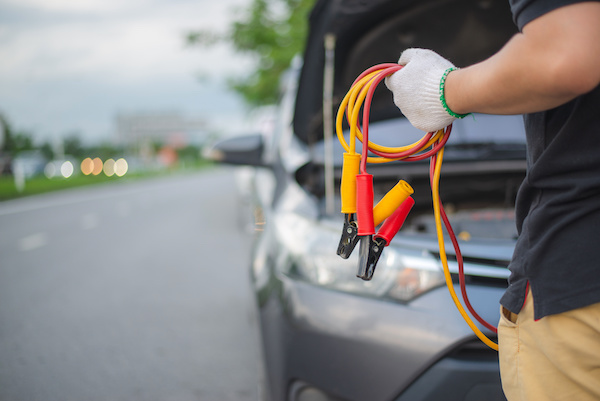
Every driver experiences that heart-stopping moment of a dead battery. It usually happens at the most unexpected times, which is why everybody should learn how to jump-start their vehicle. Even though it might look intimidating at first, jump-starting a car is a procedure that is much simpler than it appears. Let's start with the items you will need. Before you can recharge and get going, you will need a power source (such as another powered vehicle) and jumper cables. Jumper cables are long-coated cables with toothy clips. The clips are identifiable by color, generally red and black, to symbolize positive and negative polarity. The red clip is positive, whereas the black clip is negative. We highly advise that you constantly keep a set of dependable jumper cables in your vehicle at all times. As we have said, you never know what can happen! A set of jumper cables can be purchased at any auto parts store or a big box store for less than $30 and will last you ... read more
Posted on 6/28/2021
.jpeg)
When your vehicle runs out of gas, the reasonable thing to do is to drive to the petrol station for a refill. It's the need that necessitates tank refills. Many people will be surprised to learn that they can also be strategic with their gas refilling routines and save money and time. Below we provide some practical tips for the best time to fill up your gas. Read on. Fill the Tank in the Morning or Late Night It's an excellent idea to visit the gas station early in the morning and late in the night when it's cold outside. The weather is cool, and the tank has reached its reserves. Fuel expands with an increase in temperatures, and the hot conditions reduce its energy-generation power because the fuel burns at a higher rate. Fill the Tank All the Way Many drivers will start raising eyebrows when the fuel-pump price shoots past $50, $60, and $70. It might dent your finances a little bit but filling the tan ... read more
Posted on 4/8/2021
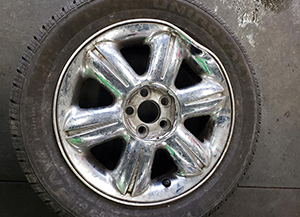
Vibration is generally brought on by bent, worn or out of balance parts. The most common culprits: out of balance or under-inflated tires bent or damaged wheels (Rims) worn suspension parts causing the vehicle to be out of alignment If the vibration started after hitting a pothole or curb, you may have lost a few wheel weights or even bent your rim. Most vibrations are felt through the seat, the steering wheel or even in the brake pedal. Click the link to set an appointment for one of our mechanics to find out the exact cause of your problem. http://www.inmotionautocare.com/appointments